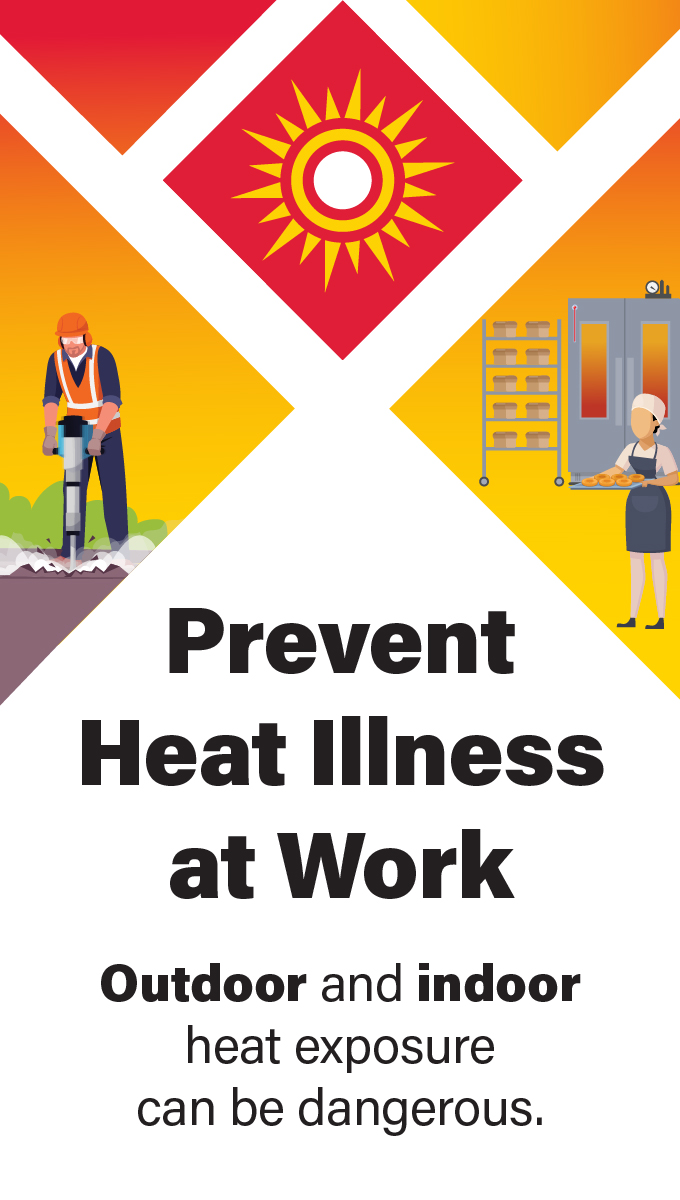Landscape and Horticultural Services
Overview
Landscape and horticultural services encompass a wide range of services. Included in this category are companies engaged in landscape design and architecture; soil preparation and grading; irrigation systems; tree, shrub and lawn planting; hardscape construction including: retaining walls, pathways and patios; lawn care and landscape maintenance; arborist services including tree trimming and line clearance.
Many workers in the landscaping and horticulture services industries are Hispanic. OSHA requires that employers conduct all required training of workers in a language and vocabulary workers can understand. OSHA's Spanish-Language Compliance Assistance Resources page identifies Spanish-language outreach resources and details how employers can work cooperatively with OSHA.
Hazards and Solutions
Helps identify potential hazards and possible solutions to specific activities within the landscape and horticultural services industry.
Safety and Health Programs
Provides references that were selected to assist in developing a safety and health program for the landscape and horticultural industry.
Standards
Landscaping and horticulture hazards are addressed in specific OSHA standards for general industry if work is considered maintenance activity and construction if work is considered building activity.
Industry Codes
Provides information related to the three main segments of this industry -- Landscape Design and Consultation, Landscape Installation and Maintenance, and Tre Pruning and Arboriculture.
Additional Resources
Provides links and references to additional resources related to landscaping and horticultural services.


